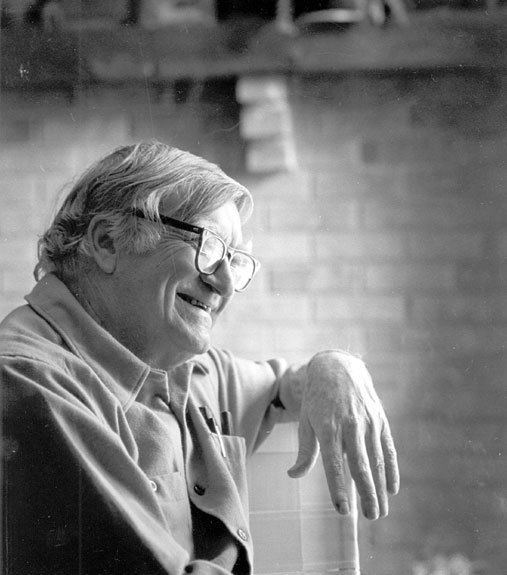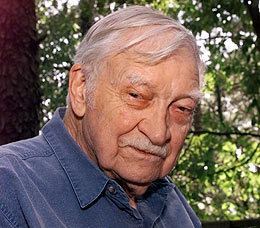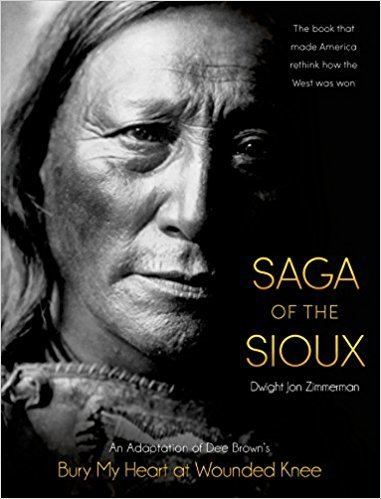Name Dee Brown Role Novelist | Spouse Sally Stroud (m. 1934) | |
 | ||
Parent(s) Daniel Alexander Brown (father)Lula (Cranford) Brown (mother) Movies Bury My Heart at Wounded Knee Books Bury My Heart at Wounded, Creek Mary's blood, The Gentle Tamers, The Fetterman Massacre, Wondrous times on the frontier Similar People Yves Simoneau, Sitting Bull, Charles Eastman, August Schellenberg, Tom Thayer | ||
Dorris Alexander "Dee" Brown (February 29, 1908 – December 12, 2002) was an American novelist, historian, and librarian. His most famous work, Bury My Heart at Wounded Knee (1970) details the history of American expansionism from the point of view of the Native Americans.
Contents

Personal life

Born in Alberta, Louisiana, a sawmill town, Brown grew up in Ouachita County, Arkansas, which experienced an oil boom when he was thirteen. Brown's mother later relocated to Little Rock so he and his brother and two sisters could attend a better high school. He spent much time in the public library. Reading the three-volume History of the Expedition under the Command of Captains Lewis and Clark helped him develop an abiding interest in the American West. He also discovered the works of Sherwood Anderson and John Dos Passos, and later William Faulkner and Joseph Conrad. He cited these authors as those most influential on his own work.

While attending home games by the Arkansas Travelers baseball team, he became acquainted with Chief Yellow Horse, a pitcher. His kindness, and a childhood friendship with a Creek boy, caused Brown to reject the portrayals of Indian peoples as violent and backward, which dominated American popular culture at the time.
He worked as a printer and reporter in Harrison, Arkansas, and decided to continue his education at Arkansas State Teachers College in Conway, Arkansas. His mentor, the history professor Dean D. McBrien, helped set him on the road to becoming a writer. They traveled west along with other students on two occasions in a Model T Ford. On campus Brown worked as editor of the student newspaper and held a student assistantship in the library. The latter convinced him that he should become a librarian.
In the midst of the Great Depression he set out for George Washington University in Washington, D.C. for graduate study. Brown worked part-time for J. Willard Marriott, took classes, and married Sally Stroud (another graduate of Arkansas State Teachers College drawn to Washington by the New Deal). Eventually he found a full-time position and became a librarian for the U.S. Department of Agriculture from 1934 to 1942. He lived at 1717 R Street NW, in the Dupont Circle neighborhood.
Brown's first novel was a satire of New Deal bureaucracy, but it was not published due to the bombing of Pearl Harbor. The publisher suggested "something patriotic" instead. He responded with Wave High the Banner, a fictionalized account of the life of Davy Crockett (who was an acquaintance of his great-grandfather). A few months after its publication, he was drafted into the U.S. Army where he met Martin Schmitt, with whom he collaborated on several works after the war. During the war, Brown worked for the United States Department of War as a librarian and never went overseas.
From 1948 to 1972, he was an agriculture librarian at the University of Illinois at Urbana-Champaign, where he had gained a master's degree in library science, became a professor, and raised a son, Mitchell, and daughter, Linda, with his wife Sally.
As a part-time writer, he published nine books, three fiction and six nonfiction, by the end of the 1950s. During the 1960s, he completed eight more including The Galvanized Yankees, which Brown described as requiring more research than any of his other books, and The Year of the Century: 1876, which he described as his personal favorite.
In 1971 Bury My Heart at Wounded Knee became a best-seller. Many readers assumed that Brown was of Indian heritage but he was not. He did come from a family with deep history on the frontier.
In 1973, Brown and his wife retired in Little Rock, Arkansas, where he devoted his time to writing. His later works include Creek Mary's Blood, a novel telling of several generations of a family descended from one Creek woman, and Hear That Lonesome Whistle Blow, which described the chicanery and romance surrounding the construction of the western railroads. His last book-length work, Way To Bright Star is a picaresque novel set during the Civil War. He never completed its sequel, which was to feature P. T. Barnum and Abraham Lincoln.
Brown died at the age of 94 in Little Rock, Arkansas. His remains are interred in Urbana, Illinois, along with those of his wife Sally Stroud.
